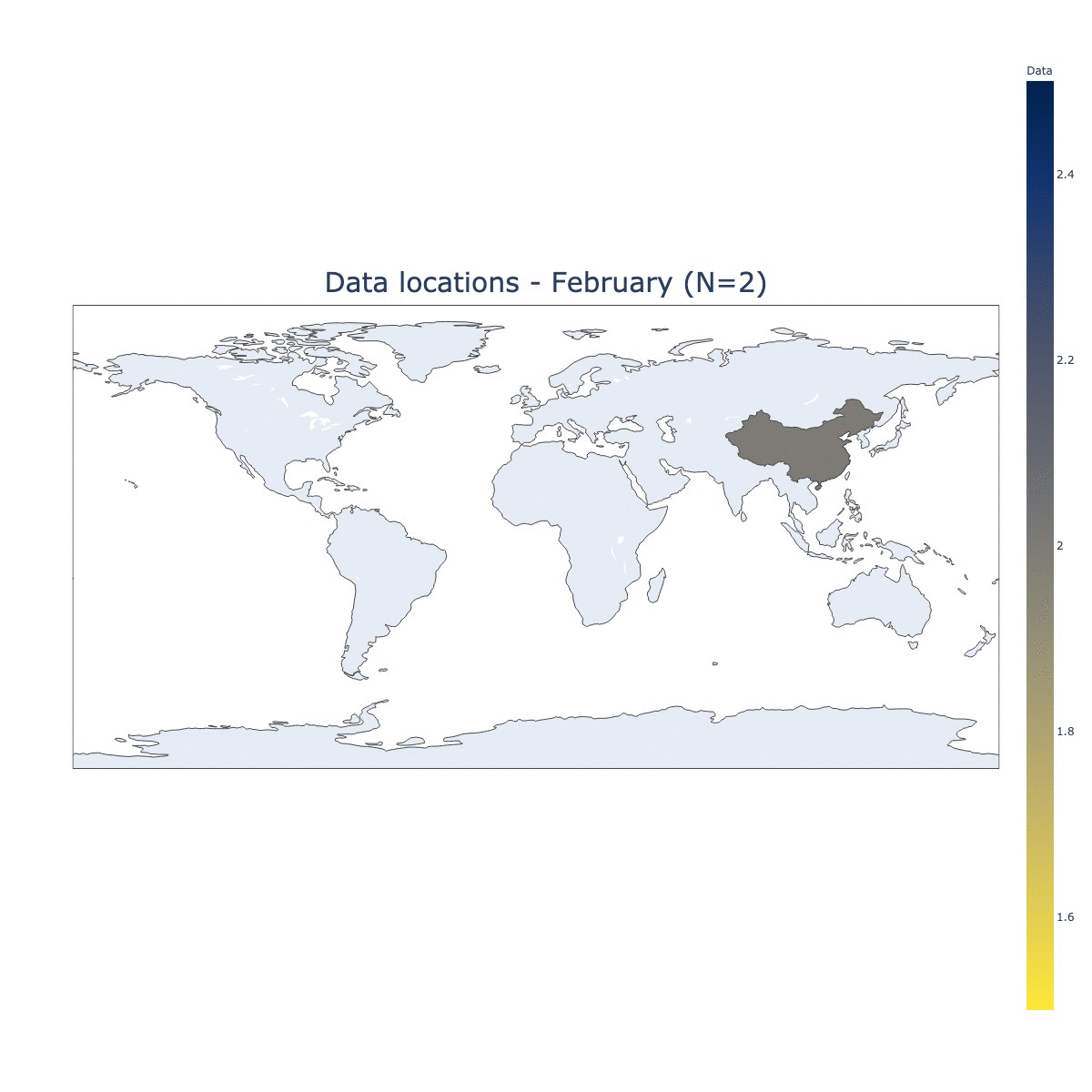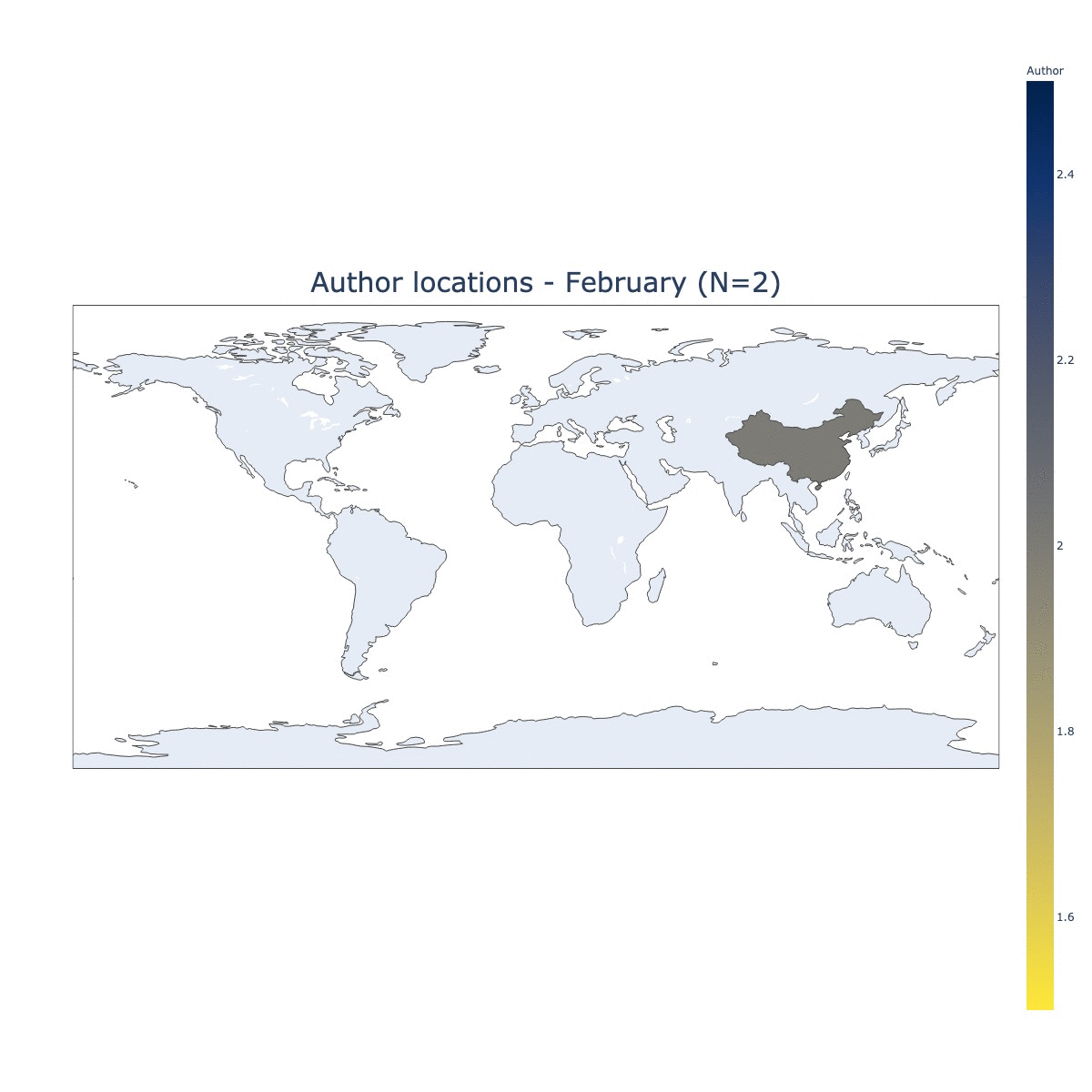COVID-19 & Lung imaging & AI
During the COVID-19 pandemic, lung imaging takes a key role in complementing biomolecular testing. The rise of artificial intelligence induced a quantum leap in medical image analysis and AI has proven equipollent to healthcare professionals in several diseases. This rapid development is a double-edged sword: The potential to save time, cost and lives is significant, but AI-accelerated medical imaging must still fully demonstrate its ability in remediating diseases such as COVID-19.
Read our paper!
Our review paper On the role of Artificial Intelligence in Medical Imaging of COVID-19 was now published in Patterns!
- This very timely paper provides the largest systematic review on the highly debated value of AI in medical imaging of COVID-19.
- Our work is the culmination of a major effort of a highly interdisciplinary team that is spread across 3 continents and composed of 15 authors; from clinicians specialized in thoracic and pulmonary diseases over professors for respiratory medicine to machine learning and healthcare experts from industry and academia.
Goals of the work
The aim of our work was to assess the adoption of AI technologies in medical imaging for new diseases such as COVID-19. We conducted the, to date, largest systematic review of the literature addressing the utility AI in Medical Imaging for COVID-19 management. We wanted to compare the major modalities (CT, X-Ray and ultrasound) by discussing their current clinical evidence and reviewing the state-of-the-art in AI. Moreover, what we felt is that machine learning researchers clearly lack recommendations on which problems they should focus on to have the highest impact in the midst of this pandemic. The final part of our contribution derives key challenges for AI acceleration, attempting to pave a road for the community. We touch on generalization and robustness, discuss the role of interpretable AI and identify economic and logistic factors.
Our findings
- We identify a significant disparity between clinicians and the AI community. This applies to:
- Imaging modalities: AI experts neglected CT and Ultrasound and favored X-Ray compared to their clinical relevance. This is despite clinical superiority of CT and Ultrasound to X-Ray for diagnostic tasks.
- Performed tasks: 72% of the papers focused on COVID-19 diagnosis. This is in stark contrast to the needs in clinical practice where tools for better resource allocation, treatment outcome prediction are urgently needed.
- 463 papers were published on the topic in 2020 and >70% of them were of insufficient quality.
- Only 12 papers met high standard for technical merit & clinical value.
- COVID-19 causally evoked a 2-4-fold increase in publications on AI in medical imaging compared to 2019.
- The rise of lung ultrasound has manifested scientifically throughout the last decade and is corroborated by our market analysis suggesting that ultrasound will expand its global lead of the imaging market.

Jannis Born,
Pre-Doc Researcher,
Cognitive Healthcare and Life Sciences
A meta-analysis on 463 papers from 2020

